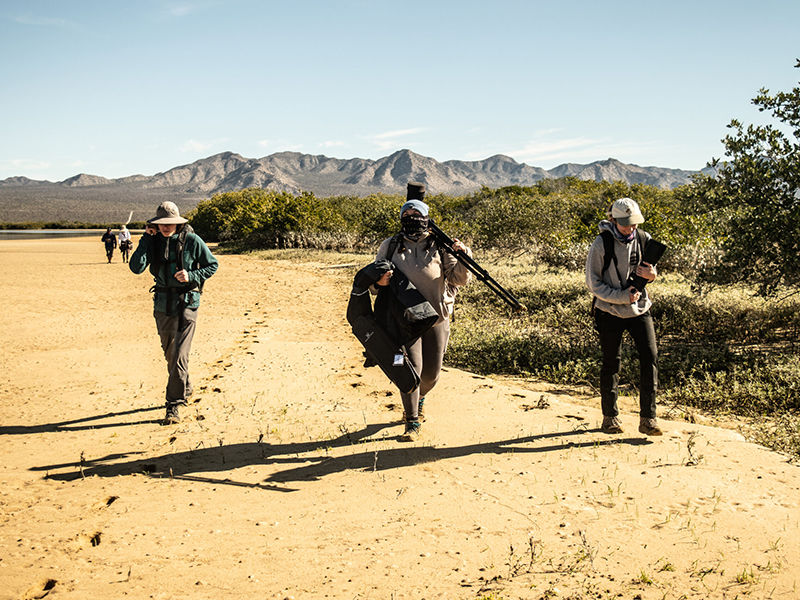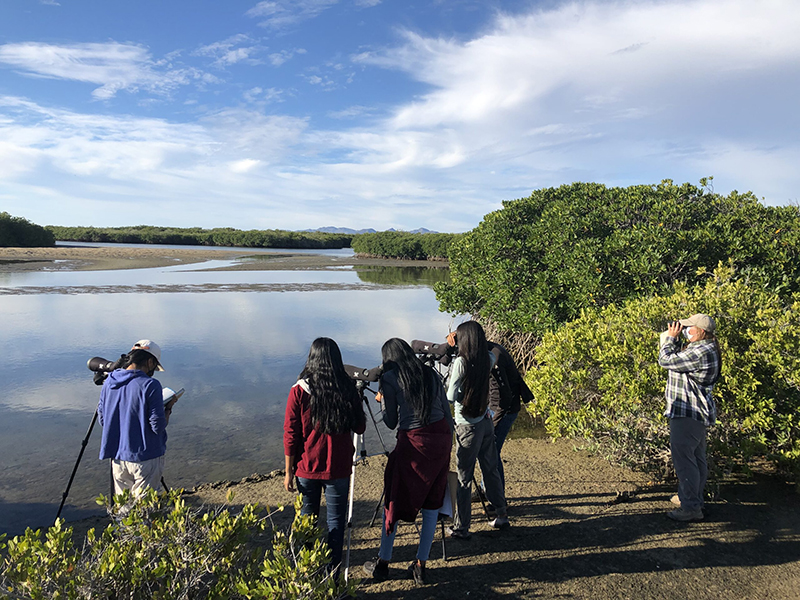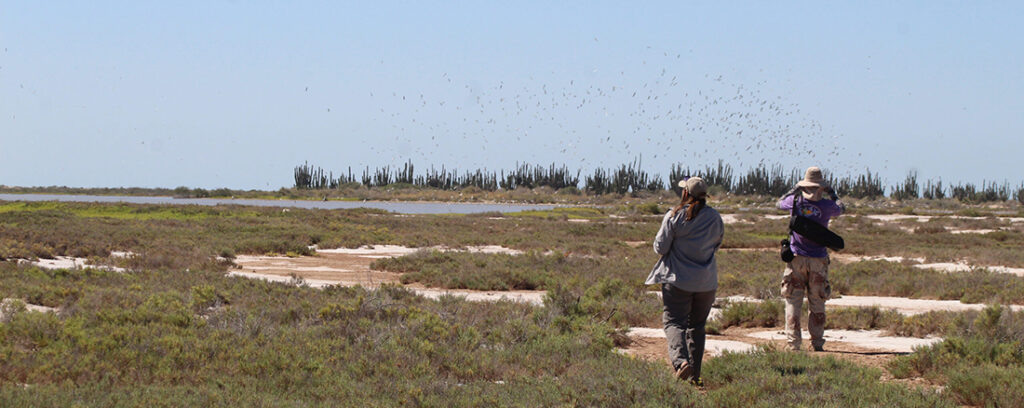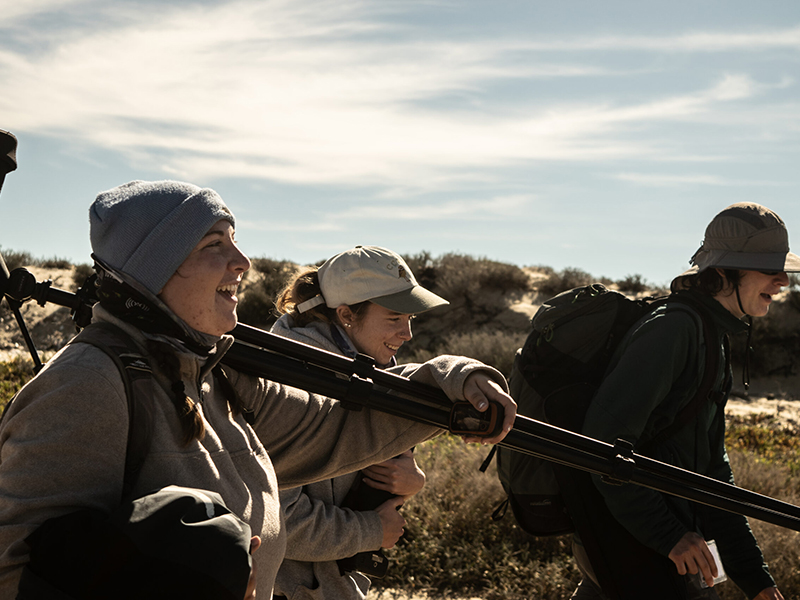Collaborative community action for migratory shorebird habitat protection in the central Gulf of California, México
Building capacity for local and Indigenous leadership in resource management.

Project Summary
Historically, local and indigenous communities have been marginalized from participating in the management of the lands and resources on which their economies, ecosystems, communities and cultures depend. Coastal development, climate change and overfishing in the region are causing a decline in both the quality and quantity of habitat available for shorebirds, which is especially critical in this desert flyway where wetlands are naturally scarce and spaced.
This project, led by the Prescott College Kino Bay Center, aims to build capacity for local and Indigenous leadership in resource management through community-based and science-based initiatives that protect waterbirds and the wetland habitats on which they depend.
How MSP+ Helped
With the support of MSP+, The Prescott College Kino Bay Center trained and coordinated community groups including fishermen, youths, students, seniors and local leaders with a goal of creating new careers focused on the conservation of critical wetland habitat. These ecosystems provide the services that sustain the economy through their fisheries. Sustainable environmental management can create new career pathways and economic models that can support local communities that have historically been marginalized.

Key Results
Participation by all sectors of the local community has shown that conservation actions benefit from the support and knowledge of everyone. Those involved in the project contribute their knowledge and skills, but there is also an extraordinary exchange of knowledge, from scientific data to traditional knowledge, which enriches and gives more value to the conservation work.
Specific project results to date include:
- Mapping of critical habitat and habitat use for waterfowl in Laguna La Cruz
- Young people from the community of Bahía de Kino and Punta Chueca have been trained in shorebird monitoring and data collection
- Six community groups were engaged to plan activities related to the care and protection of the Laguna la Cruz estuary
- An event was held commemorating World Wetlands Day, in which environmental education activities were carried out on shorebirds in the Laguna La Cruz wetland

What might be next?
The next steps are to collect as much information as possible about the conditions of the wetlands, the bird species that occupy them, and the areas that most require protection. From there, partners can take this information and spread it within the community and to the corresponding authorities to increase the level of protection of the wetland. Additionally, The Kino Bay Center would like to continue training the community to be the ones who lead the collection of scientific data in the area, so that they can have a greater role in the management of the wetlands. Finally, implementing exclusion fences would protect nesting colonies that are exposed to natural predator

